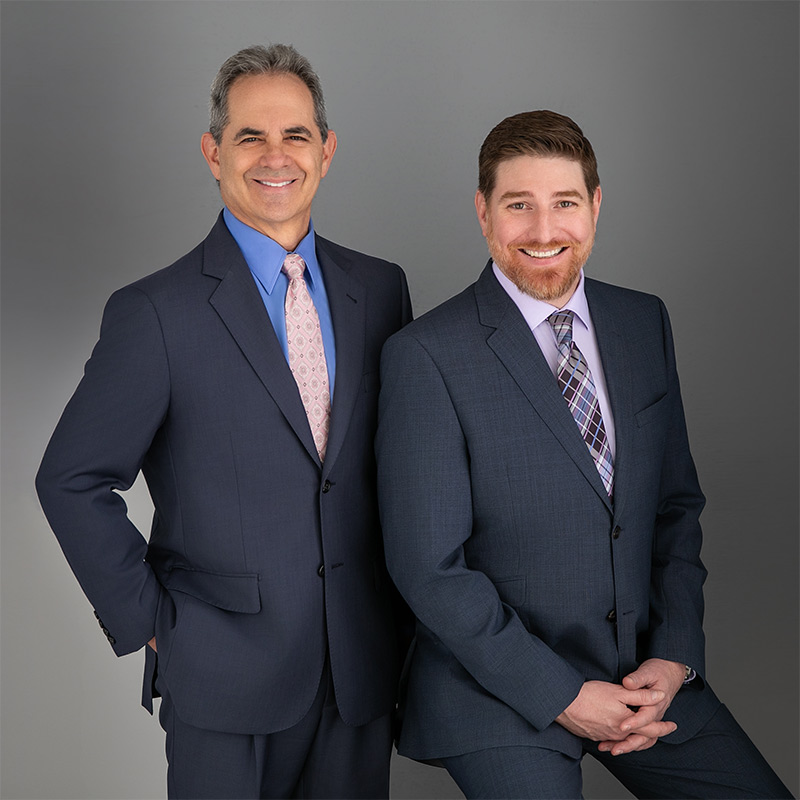General Motors Co. said Tuesday that they plan to pay off their government loans this year, five years ahead of schedule. They say that production and sales have increased in the beginning of 2010 and repaying government loans has been a top priority. The government’s autos task force set a repayment deadline of 2015, but GM has already paid back $2.4 billion and plans to pay the rest by June. The money is expected to come from public stocks which will be offered when the markets and the company are ready.
But GM may have some competition. Ford Motor Co., which didn’t take government aid, reported a $2.7 billion profit for 2009, outselling GM in February for the first time in over a century. Toyota Motor Corp. came close to outselling GM last month when it used heavy incentives to lure buyers after a series of safety recalls.
Things are also on the mend at Chrysler Group LLC, which also went into bankruptcy protection last year and is now managed by Fiat SpA. Chrysler CEO Sergio Marchionne said last week that the automaker has $5 billion in cash on hand and expects to break even this year.
But the improvements in the auto industry has come with sacrifices. Auto manufactures were forced to downsize by stopping production or selling off some brands, closing down dealerships and laying off thousands of employees.







